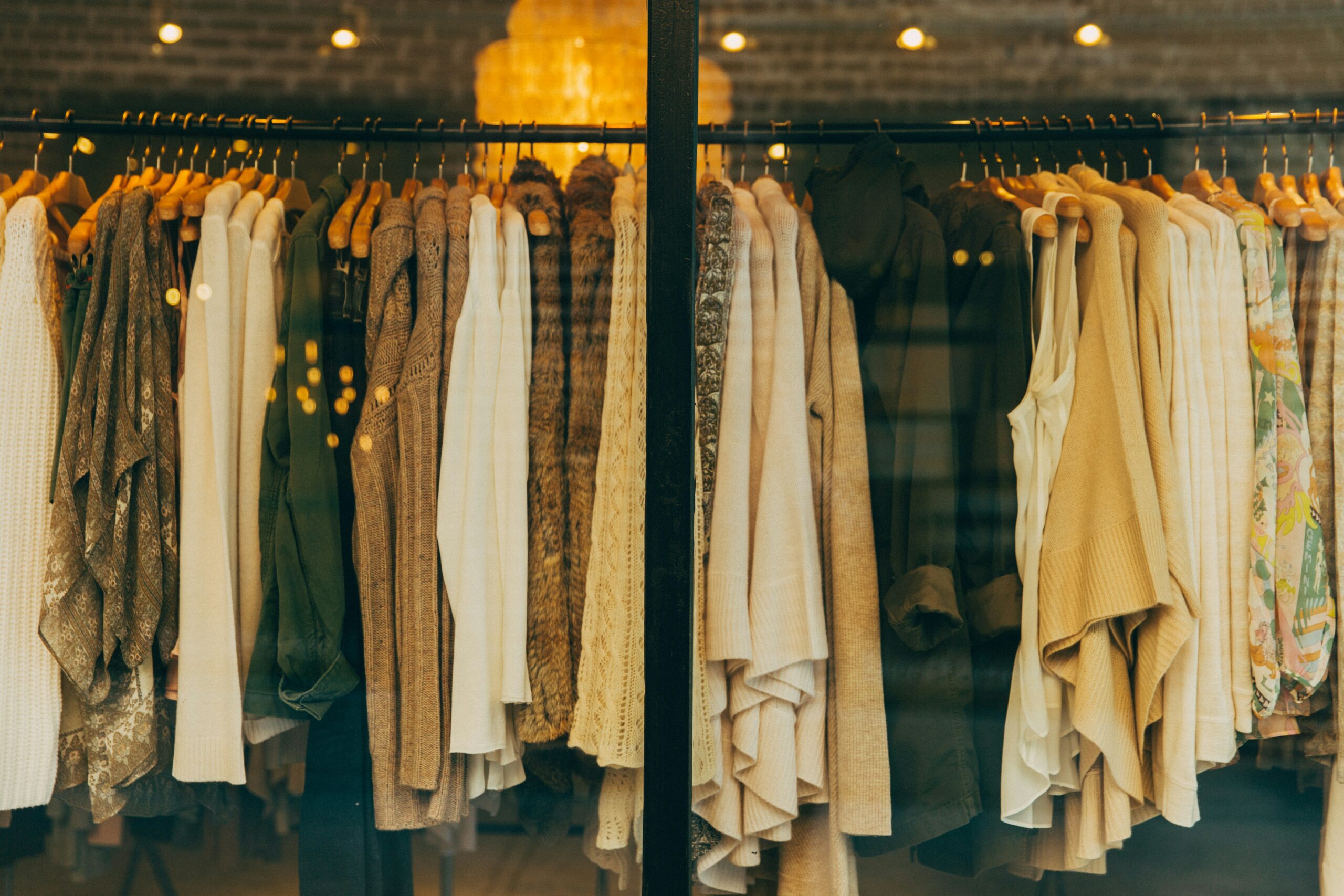Fashion is one of the most influential industries in the world, but it also has a significant environmental impact. With fast fashion contributing to pollution, excessive waste, and unethical labor practices, it’s time to rethink how we shop and dress. Fortunately, sustainable fashion offers a stylish and responsible alternative, proving that you don’t have to sacrifice aesthetics for ethics. In this guide, we’ll explore how to build a chic and eco-friendly wardrobe that aligns with both your values and your style.
Understanding Sustainable Fashion
Sustainable fashion focuses on ethical production, environmental responsibility, and longevity. It prioritizes clothing made from eco-friendly materials, fair trade labor, and practices that minimize waste and pollution. The goal is to reduce the negative effects of fashion on the planet while promoting quality over quantity.
Key elements of sustainable fashion include:
- Ethical Production: Ensuring fair wages, safe working conditions, and humane treatment of workers.
- Eco-Friendly Materials: Using organic, recycled, or biodegradable fabrics.
- Slow Fashion: Encouraging mindful purchases and long-lasting wardrobe pieces.
- Second-Hand & Upcycling: Extending the life cycle of clothing through thrifting and repurposing.
Step 1: Declutter and Assess Your Wardrobe
Before you start shopping for sustainable fashion, it’s essential to evaluate your current wardrobe. Take inventory of what you own, donate or repurpose items you no longer wear, and identify staple pieces that can serve as the foundation of your sustainable closet.
Tips for an eco-friendly declutter:
- Donate or sell unwanted clothes instead of throwing them away.
- Upcycle old items into something new (e.g., turning jeans into shorts or a dress into a tote bag).
- Organize your wardrobe to make it easier to see what you own and avoid unnecessary purchases.
Step 2: Choose Sustainable Fabrics
Not all fabrics are created equal when it comes to sustainability. When shopping, look for materials that have a lower environmental impact.
Best sustainable fabrics:
- Organic Cotton: Grown without harmful pesticides, using less water.
- Linen: Biodegradable, durable, and made from flax plants.
- Hemp: Requires minimal water and no pesticides, making it highly sustainable.
- Tencel (Lyocell): Made from wood pulp using an eco-friendly process.
- Recycled Fabrics: Such as recycled polyester and upcycled wool.
Avoid synthetic materials like polyester, nylon, and acrylic, which shed microplastics into the environment.
Step 3: Support Ethical and Sustainable Brands
Many brands are committed to sustainability, using ethical production methods and eco-friendly materials. When shopping, research a brand’s sustainability policies and certifications.
Tips for identifying sustainable brands:
- Look for certifications like Fair Trade, GOTS (Global Organic Textile Standard), and OEKO-TEX.
- Check the brand’s website for transparency in their supply chain.
- Support small, local businesses that prioritize sustainability.
Step 4: Embrace Second-Hand and Vintage Shopping
Buying second-hand is one of the most sustainable fashion choices you can make. Thrift stores, vintage boutiques, and online resale platforms offer a treasure trove of unique and stylish pieces.
Benefits of second-hand shopping:
- Reduces waste and keeps clothing out of landfills.
- Saves money while allowing you to find unique, high-quality items.
- Lowers the demand for new production, reducing environmental impact.
Popular platforms for second-hand fashion include Poshmark, Depop, ThredUp, and The RealReal.
Step 5: Take Care of Your Clothes
A sustainable wardrobe is not just about what you buy but also how you maintain it. Extending the lifespan of your clothes reduces waste and minimizes the need for new purchases.
Clothing care tips:
- Wash less frequently and use cold water to preserve fabrics.
- Air dry instead of using a dryer to prevent fabric breakdown.
- Store clothes properly to prevent damage and prolong wear.
- Learn basic repair skills, like sewing buttons or patching holes, to avoid discarding items prematurely.
Step 6: Build a Capsule Wardrobe
A capsule wardrobe consists of a small collection of timeless, versatile pieces that can be mixed and matched. It helps reduce unnecessary shopping and ensures you have a closet full of items you actually wear.
Key pieces for a sustainable capsule wardrobe:
- Classic white and black t-shirts (organic cotton preferred)
- A well-fitted blazer or jacket
- A few high-quality denim pieces
- Versatile dresses and skirts
- Comfortable, sustainable footwear
- Minimalist accessories that complement multiple outfits
Step 7: Avoid Fast Fashion Impulses
Fast fashion thrives on impulse buys, but resisting these urges is essential for a sustainable wardrobe. Instead of chasing trends, focus on timeless styles and mindful purchases.
How to avoid fast fashion pitfalls:
- Ask yourself if you truly need the item before buying.
- Choose quality over quantity—invest in well-made pieces that last.
- Wait 24-48 hours before purchasing to avoid impulse buying.
- Unsubscribe from fast fashion newsletters and avoid excessive sales.
Step 8: Support Sustainable Fashion Movements
Beyond personal shopping habits, you can make a difference by supporting larger sustainability movements. Advocate for ethical fashion policies, educate others about sustainable choices, and participate in initiatives like clothing swaps or repair workshops.
Ways to get involved:
- Join local or online sustainable fashion communities.
- Sign petitions demanding transparency in fashion supply chains.
- Participate in #FashionRevolutionWeek and similar events.
Conclusion: Fashion That Looks Good and Feels Good
Building a chic and eco-friendly wardrobe is not just a trend—it’s a long-term commitment to sustainability, ethics, and personal style. By making thoughtful choices, supporting sustainable brands, and caring for your clothes, you can contribute to a fashion industry that values both aesthetics and the environment.
Sustainable fashion proves that looking good doesn’t have to come at the planet’s expense. With mindful shopping and styling, you can create a wardrobe that reflects your values while staying effortlessly fashionable.







No Comments
Leave Comment